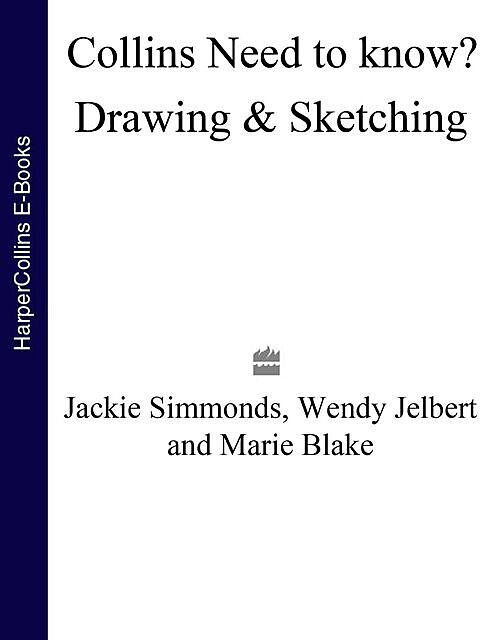Drawing and Sketching
This book is currently unavailable
683 printed pages
- Original publication
- 2019
- Publication year
- 2019
Impressions
- Hanne Agnes Hansen Malmskovshared an impression5 years ago👍Worth reading
Omtaler både akvarel, farveblyanter og pastels. Rigtig god 🌊
Quotes
- Tatiana Vhas quoted4 years agoGraphite lead pencils
Lead pencils are graded – those with an ‘H’ designation are harder than those with a ‘B’ – and thus 2B is soft, 6B even softer; 2H is hard and 6H is very hard. The softer the pencil, the blacker the mark it makes. Try using some HB, 2B and 4B pencils and study the different effects. - Tatiana Vhas quoted4 years agoIf your sketchbook does not contain tissue interleaves between pages, when working with pastel pencils, conté, charcoal or chalk pastel, give a finished sketch a burst of spray fixative to prevent it transferring to the opposite page.
- Tatiana Vhas quoted4 years agomay also have fun working with coloured papers. Heavyweight mountboards, scrapbook paper or assorted coloured paper pads for the brighter colours are ideal. Some pastel papers would also be fine. These have a textured surface to hold the pastel particles and are available in a large range of colours. White paper can be used for studies, but mid-toned coloured papers are easiest for painting. A useful size is 305 × 229 mm (12 × 9 in).
fb2epub
Drag & drop your files
(not more than 5 at once)


